Get ready for the Psychiatric and Mental Health Nursing Exam 1 in 2025 with this all-in-one study resource, packed with in-depth practice questions, a thorough study guide, and detailed rationales. Perfect for nursing students and professionals, this guide is tailored to 2025 exam standards, focusing on key areas like mental health disorders, therapeutic communication, psychopharmacology, and crisis intervention. The practice questions mirror the real exam’s complexity, while the rationales offer clear, insightful explanations to boost your understanding and critical thinking. This study guide is your go-to resource for acing the Psychiatric and Mental Health Nursing Exam 1 in 2025 with confidence.
Preview
An adolescent diagnosed with conduct disorder has aggression, impulsivity, hyperactivity,
and mood symptoms. The treatment team believes this adolescent may benefit from
medication. The nurse anticipates the health care provider will prescribe which type of
medication?
a. Second-generation antipsychotic c. Calcium channel blocker
b. Anti-anxiety medication d. Beta-blocker – – correct ans- -A
Medications for conduct disorder are directed at problematic behaviors such as
aggression, impulsivity, hyperactivity, and mood symptoms. Second-generation
antipsychotics are likely to be prescribed. Beta-blocking medications may help to calm
individuals with intermittent explosive disorder by slowing the heart rate and reducing
blood pressure. Calcium channel blockers reduce blood pressure but are not used for
persons with impulse control problems. An anti-anxiety medication will not assist with
impulse control.
An adolescent was recently diagnosed with oppositional defiant disorder. The parents say
to the nurse, “Isn’t there some medication that will help with this problem?” Select the
nurse’s best response.
a. “There are no medications to treat this problem. This diagnosis is behavioral in nature.”
b. “It’s a common misconception that there is a medication available to treat every health
problem.”
c. “Medication is usually not prescribed for this problem. Let’s discuss some behavioral
strategies you can use.”
d. “There are many medications that will help your child manage aggression and
destructiveness. The health care provider will discuss them with you.” – – correct ans- -C
The parents are seeking a quick solution. Medications are generally not indicated for
oppositional defiant disorder. Comorbid conditions that increase defiant symptoms, such
as attention deficit hyperactivity disorder, should be managed with medication, but no
comorbid problem is identified in the question. The nurse should give information on
helpful strategies to manage the adolescent’s behavior.
An adolescent diagnosed with a conduct disorder stole and wrecked a neighbor’s
motorcycle. Afterward, the adolescent was confronted about the behavior but expressed
no remorse. Which variation in the central nervous system best explains the adolescent’s
reaction?
a. Serotonin dysregulation and increased testosterone activity impair one’s capacity for
remorse.
b. Increased neuron destruction in the hippocampus results in decreased abilities to
conform to social rules.
c. Reduced gray matter in the cortex and dysfunction of the amygdala results in decreased
feelings of empathy.
d. Disturbances in the occipital lobe reduce sensations that help an individual clearly
visualize the consequences of behavior. – – correct ans- -C
Adolescents with conduct disorder have been found to have significantly reduced gray
matter bilaterally in the anterior insulate cortex and the amygdala. This reduction may be
related to aggressive behavior and deficits of empathy. The less gray matter in these regions
of the brain, the less likely adolescents are to feel remorse for their actions or victims.
People with intermittent explosive disorder may have differences in serotonin regulation in
the brain and higher levels of testosterone. Neuron destruction in the hippocampus is
associated with memory deficits. The occipital lobe is involved with visual stimuli but not
the processing of emotions.
and mood symptoms. The treatment team believes this adolescent may benefit from
medication. The nurse anticipates the health care provider will prescribe which type of
medication?
a. Second-generation antipsychotic c. Calcium channel blocker
b. Anti-anxiety medication d. Beta-blocker – – correct ans- -A
Medications for conduct disorder are directed at problematic behaviors such as
aggression, impulsivity, hyperactivity, and mood symptoms. Second-generation
antipsychotics are likely to be prescribed. Beta-blocking medications may help to calm
individuals with intermittent explosive disorder by slowing the heart rate and reducing
blood pressure. Calcium channel blockers reduce blood pressure but are not used for
persons with impulse control problems. An anti-anxiety medication will not assist with
impulse control.
An adolescent was recently diagnosed with oppositional defiant disorder. The parents say
to the nurse, “Isn’t there some medication that will help with this problem?” Select the
nurse’s best response.
a. “There are no medications to treat this problem. This diagnosis is behavioral in nature.”
b. “It’s a common misconception that there is a medication available to treat every health
problem.”
c. “Medication is usually not prescribed for this problem. Let’s discuss some behavioral
strategies you can use.”
d. “There are many medications that will help your child manage aggression and
destructiveness. The health care provider will discuss them with you.” – – correct ans- -C
The parents are seeking a quick solution. Medications are generally not indicated for
oppositional defiant disorder. Comorbid conditions that increase defiant symptoms, such
as attention deficit hyperactivity disorder, should be managed with medication, but no
comorbid problem is identified in the question. The nurse should give information on
helpful strategies to manage the adolescent’s behavior.
An adolescent diagnosed with a conduct disorder stole and wrecked a neighbor’s
motorcycle. Afterward, the adolescent was confronted about the behavior but expressed
no remorse. Which variation in the central nervous system best explains the adolescent’s
reaction?
a. Serotonin dysregulation and increased testosterone activity impair one’s capacity for
remorse.
b. Increased neuron destruction in the hippocampus results in decreased abilities to
conform to social rules.
c. Reduced gray matter in the cortex and dysfunction of the amygdala results in decreased
feelings of empathy.
d. Disturbances in the occipital lobe reduce sensations that help an individual clearly
visualize the consequences of behavior. – – correct ans- -C
Adolescents with conduct disorder have been found to have significantly reduced gray
matter bilaterally in the anterior insulate cortex and the amygdala. This reduction may be
related to aggressive behavior and deficits of empathy. The less gray matter in these regions
of the brain, the less likely adolescents are to feel remorse for their actions or victims.
People with intermittent explosive disorder may have differences in serotonin regulation in
the brain and higher levels of testosterone. Neuron destruction in the hippocampus is
associated with memory deficits. The occipital lobe is involved with visual stimuli but not
the processing of emotions.
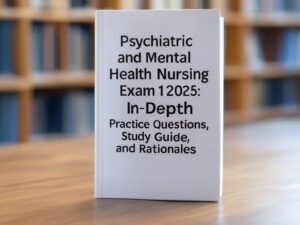
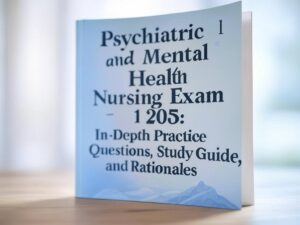


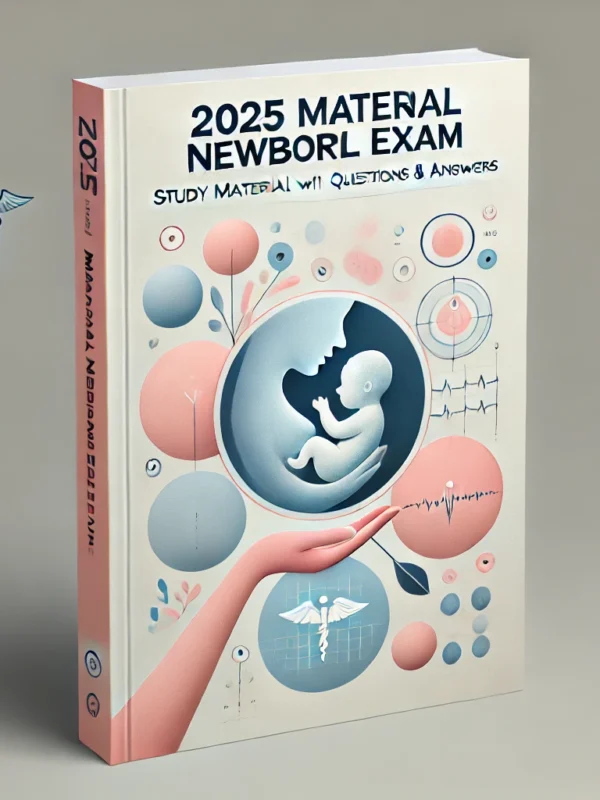
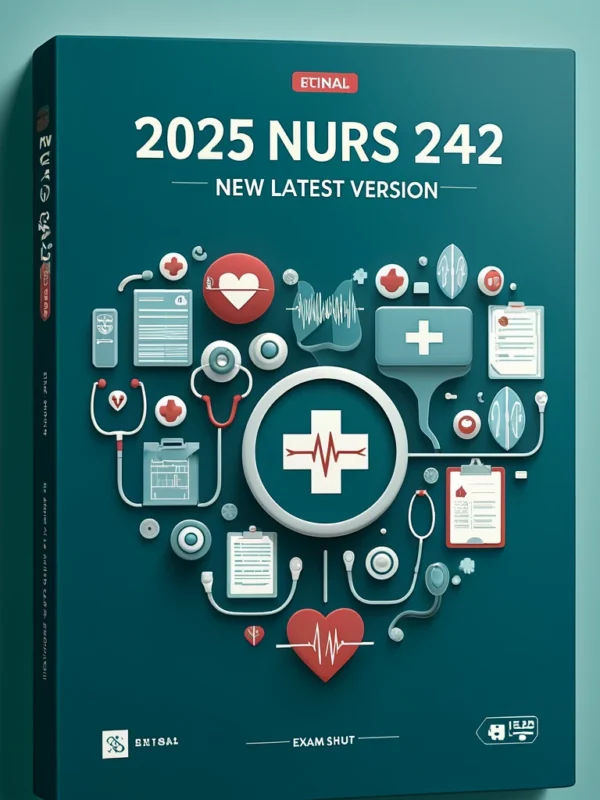
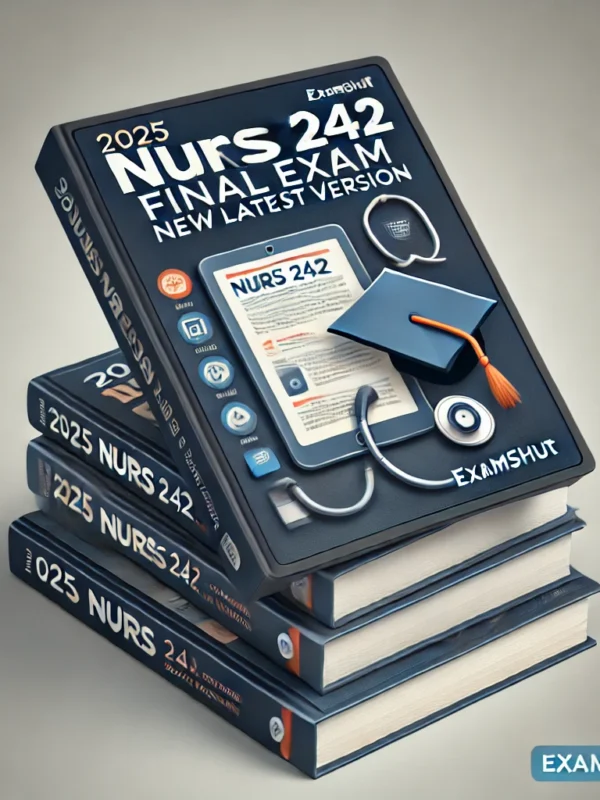
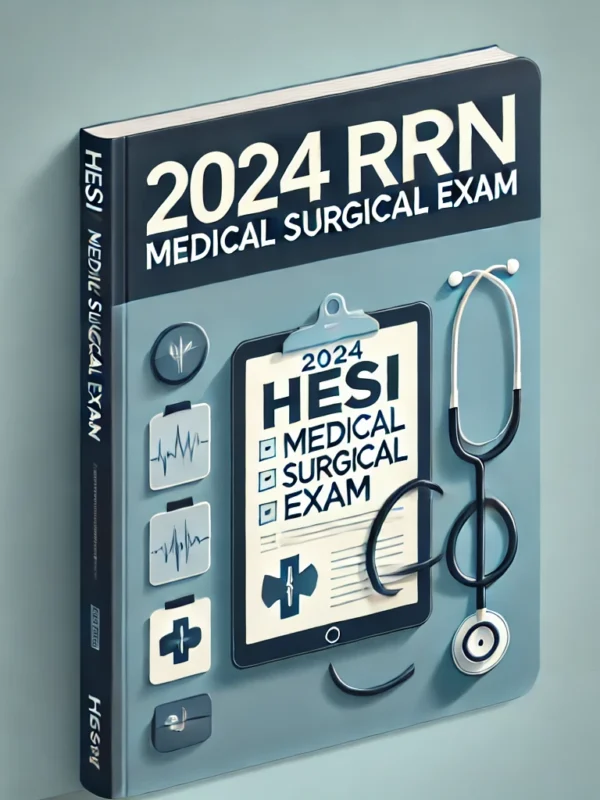
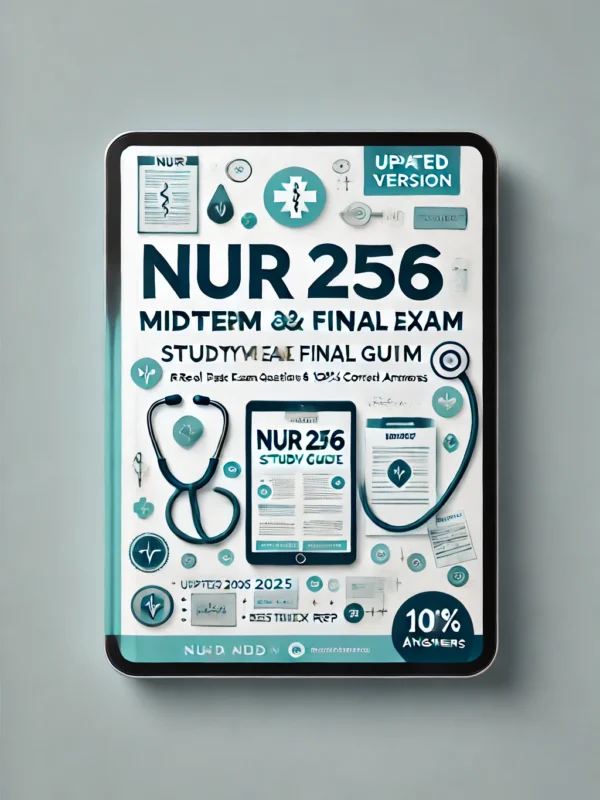
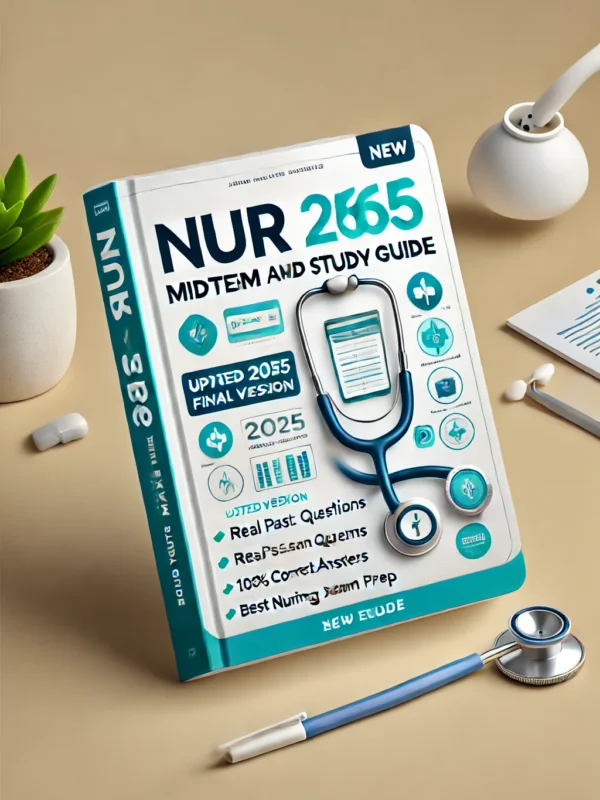
Reviews
There are no reviews yet.